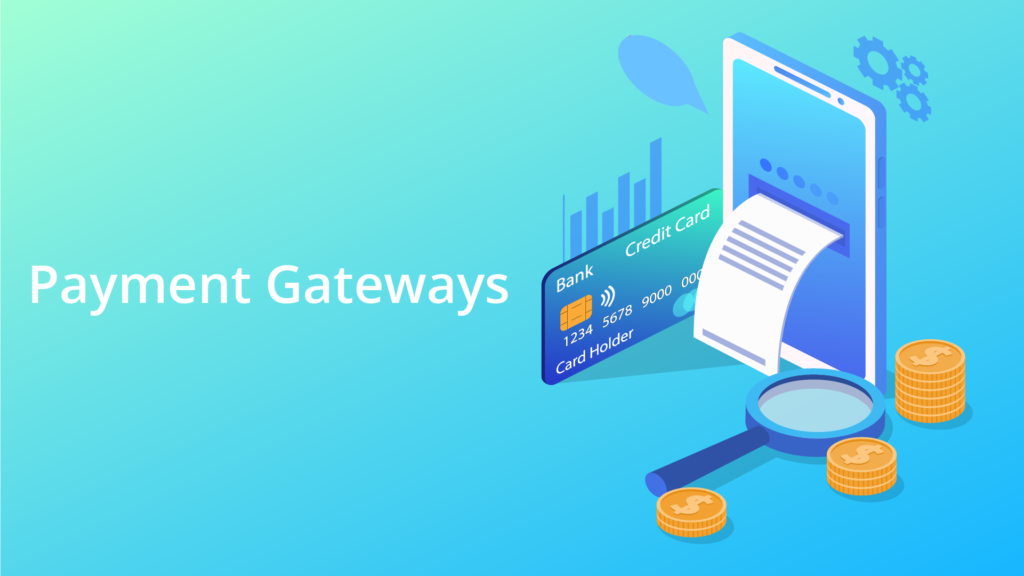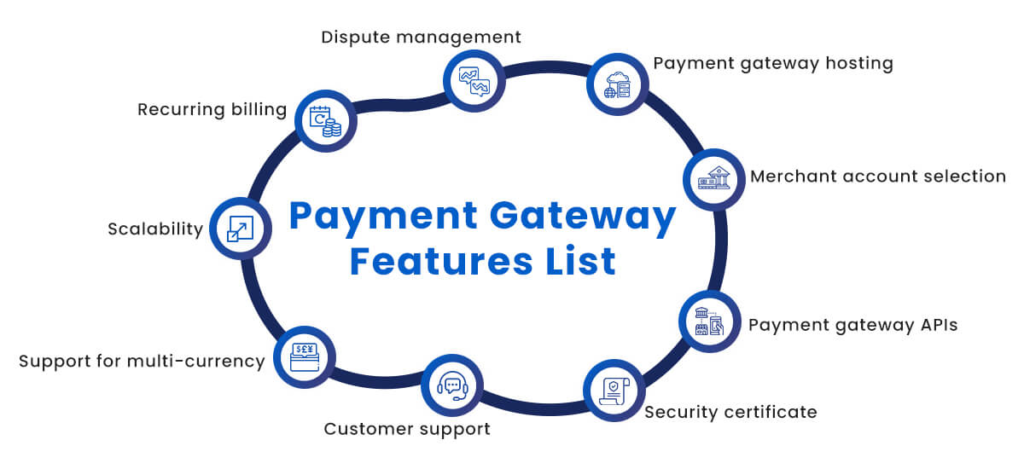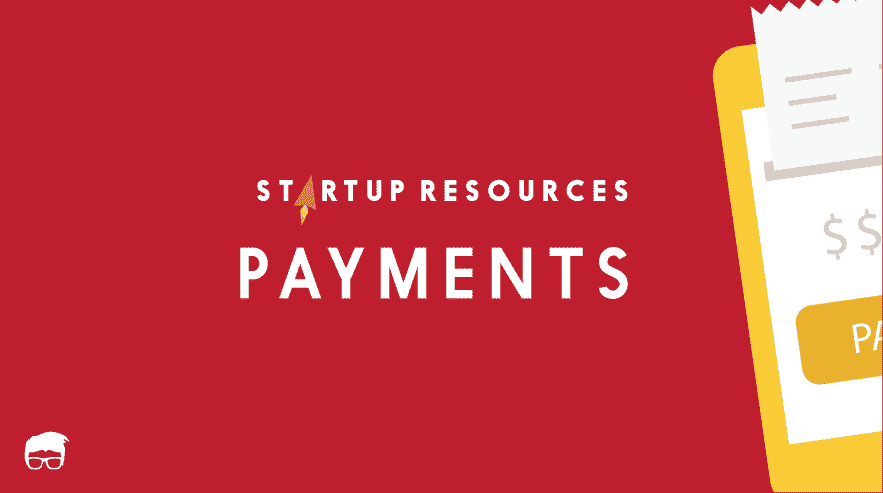AUTHOR : SOFI PARK
DATE : 4/11/2023
Introduction
In an era where e-commerce has become an integral part of our lives, the need for seamless and secure online transactions has never been more pronounced. Payment gateways are the unsung heroes behind these digital transactions, allowing businesses to accept payments from customers. This article delves into the world of payment gateways and explores the process of starting a payment gateway company. So, if you’re keen on launching your own payment gateway startup, fasten your seatbelt as we guide you through the essentials of this industry.
The Significance of Payment Gateways
Payment gateways act as intermediaries between online businesses and their customers. They ensure that sensitive payment data is securely transmitted and processed during online transactions. Without payment gateways, online commerce as we know it today would be impossible. They not only facilitate transactions but also protect both businesses and customers from fraud.

The Payment Gateway Landscape
The payment gateway landscape is diverse and competitive. Major players like PayPal, Stripe, and Square dominate the market, but there is always room for innovative startups. As the digital economy continues to expand, new niches and opportunities emerge for payment gateway services.

How to Start a Payment Gateway
Starting a payment gateway involves several key[1] steps:
1. Market Research
- Identify your target audience and their payment needs.
- Analyze the competition and find gaps in the market.
2. Business Plan
- Create a comprehensive business[2] plan outlining your strategy and financial projections.
3. Legal and Regulatory Aspects
- Ensure compliance with financial and data protection regulations[3].
- Obtain the necessary licenses and certifications.
4. Building a Secure Infrastructure
- To safeguard sensitive data, it is paramount[4] to make strategic investments in cutting-edge security measures. These measures act as a fortress, ensuring that the treasure trove of confidential information remains impenetrable.
- Develop a scalable and reliable infrastructure.
5. Payment Gateway Features and Functionalities
- Determine the features and services your payment gateway will offer.
- Integrate with popular e-commerce[5] platforms and provide a user-friendly interface.
6. Customer Acquisition and Marketing Strategies
- Plan how you’ll attract and retain customers.
- Build effective marketing campaigns and partnerships.
7. Partnership and Integration Opportunities
- Explore collaborations with e-commerce platforms and other businesses.
- Ensure seamless integration with popular shopping carts.
Legal and Regulatory Aspects
Compliance with legal and regulatory requirements is paramount for payment gateway startups. This includes adhering to data protection laws, anti-money laundering regulations, and payment card industry standards. Seek legal counsel to ensure your operations are within the bounds of the law.

Building a Secure Infrastructure
Security is a top priority in the payment gateway industry. Invest in robust security measures, including encryption, tokenization, and fraud prevention systems. Ensure your infrastructure is scalable to handle increasing transaction volumes as your business grows.
Payment Gateway Features and Functionalities
The success of your payment gateway depends on the features and functionalities it offers. Consider features like multi-currency support, real-time reporting, and subscription billing. Integrate with popular e-commerce platforms like Shopify and WooCommerce to attract a wider user base.

Customer Acquisition and Marketing Strategies
To acquire and retain customers, you’ll need effective marketing strategies. Utilize content marketing, email campaigns, and social media advertising. Building trust is essential, so showcase your commitment to security and customer support.
Partnership and Integration Opportunities
Collaborate with e-commerce platforms, online marketplaces, and software developers. Integration with popular shopping carts and business tools enhances the appeal of your payment gateway. Forge partnerships that drive user adoption and generate revenue.
Challenges Faced by Payment Gateways
Payment gateways face several challenges, including:
- Intense competition
- Evolving security threats
- Regulatory changes
- Rapid technological advancements
- Customer trust and loyalty
Future Trends in the Payment Gateway Industry
The payment gateway industry is evolving. Keep an eye on trends like contactless payments, blockchain technology, and biometric authentication. Staying ahead of these trends can give your startup a competitive edge.
Conclusion
starting a payment gateway startup is a challenging but rewarding endeavor. Understanding the market, complying with regulations, and prioritizing security are crucial. By offering innovative features and marketing effectively, you can carve a niche for your business in this thriving industry.
FAQs
1. How much does it cost to start a payment gateway?
The costs can vary significantly, depending on the scale and features of your gateway. It can range from tens of thousands to millions of dollars.
2. What are the key security measures for a payment gateway?
Key security measures include encryption, tokenization, fraud detection, and compliance with data protection regulations.
3. How long does it take to launch a payment gateway?
The timeline can vary, but it typically takes several months to a year to launch a payment gateway, considering legal, technical, and marketing requirements.
4. Is it possible to compete with established payment gateway providers?
Yes, by identifying a niche, offering unique features, and providing exceptional customer service, startups can compete effectively.
5. What are the future trends in the payment gateway industry?
Future trends include contactless payments, blockchain technology, and biometric authentication, which are likely to shape the industry’s future.





